Phone: (714) 695-1566
Fax: (714) 695-1553
Email: info@salinaspt.com
23655 Via Del Rio, Suite C
Yorba Linda, CA 92887
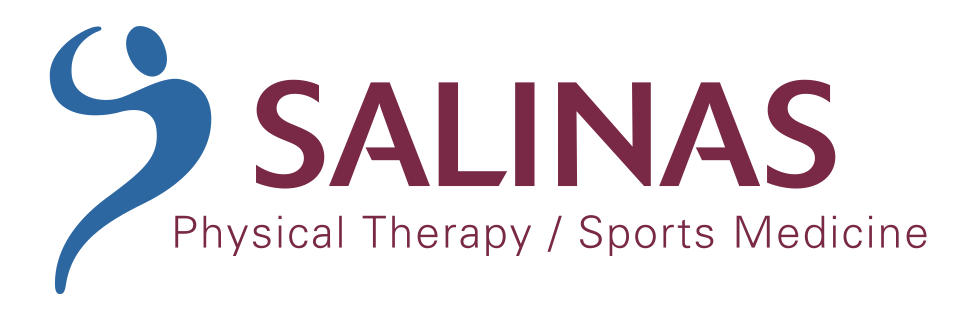
Phone: (714) 695-1566
Fax: (714) 695-1553
Email: info@salinaspt.com
23655 Via Del Rio, Suite C
Yorba Linda, CA 92887
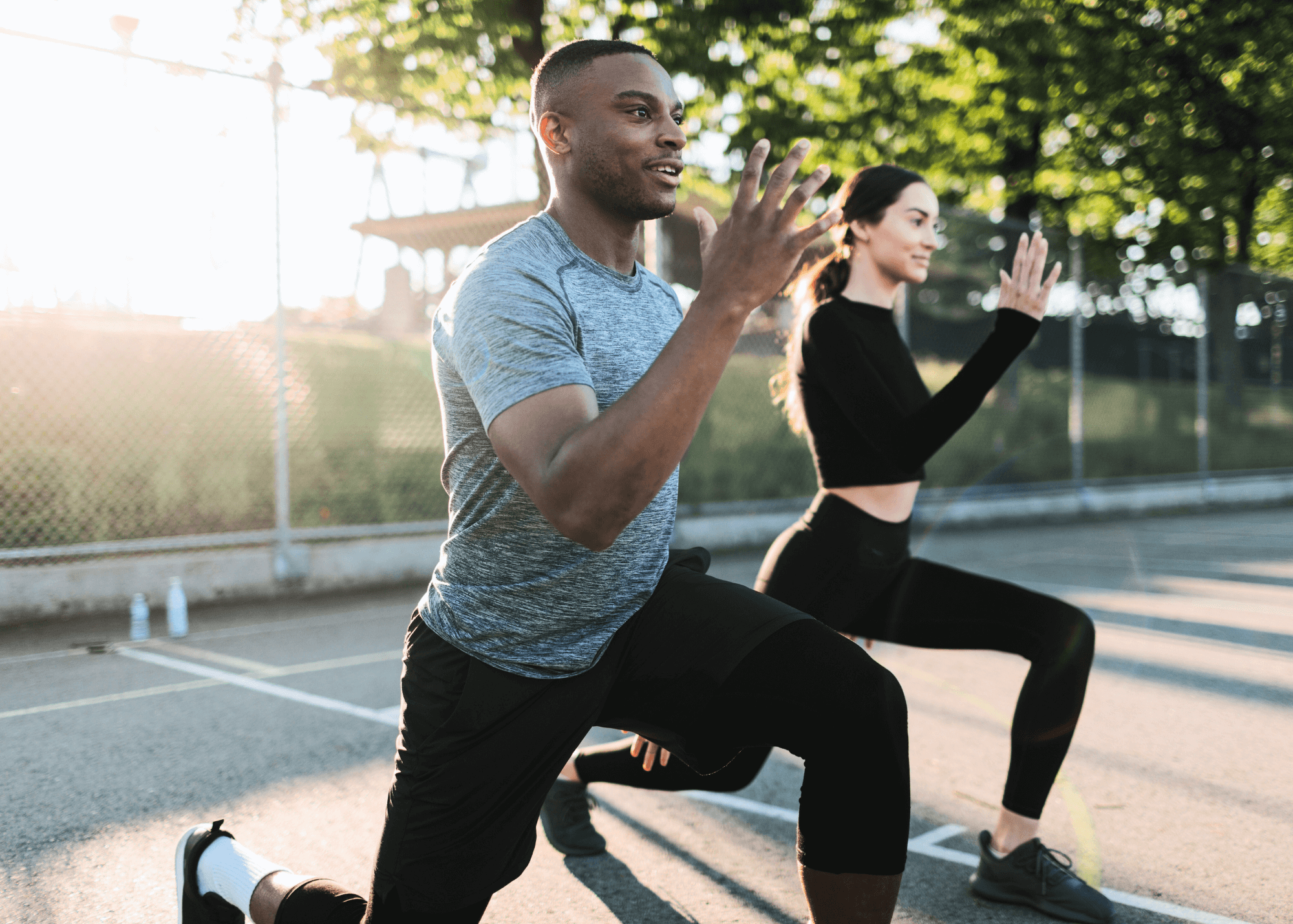
The human body is an amazing structure. Every second, the average body produces 2 to 3 million red blood cells. That means in one day alone, you will have produced more cells than there are people in the United States. Similar effects happen within your musculoskeletal system. Muscles, bones, and joints work together to produce movement, allowing the body to generate powerful forces with relatively small amounts of muscle activation.
Just like red blood cells, the cells of your muscles, joints, and tendons are constantly evolving to meet the demands placed on your body. When your musculoskeletal system is challenged, micro tears occur and your body rebuilds tissue stronger to meet the demand. When your musculoskeletal system is not being challenged, your body will adapt to the lack-of stress over time. You’ve probably heard the phrase, “move it or loose it“. This couldn’t ring more true when it comes to the longterm health affects of a sedentary lifestyle. In this article we’re covering the 7 Primal Movement Patterns your body was designed to handle along with which exercises you can implement to train them.
The concept of primal movement patterns is often used in fitness and exercise science to describe fundamental human movements. While different experts may categorize them slightly different, a commonly accepted list includes the following seven primal movement patterns: Squatting, Hinging, Lunging, Pushing, Pulling, Twisting, and Walking.
The squatting movement involves bending at the hips and knees while keeping the back straight. Squats work the muscles of the lower body including the quadriceps, hamstrings and glutes.
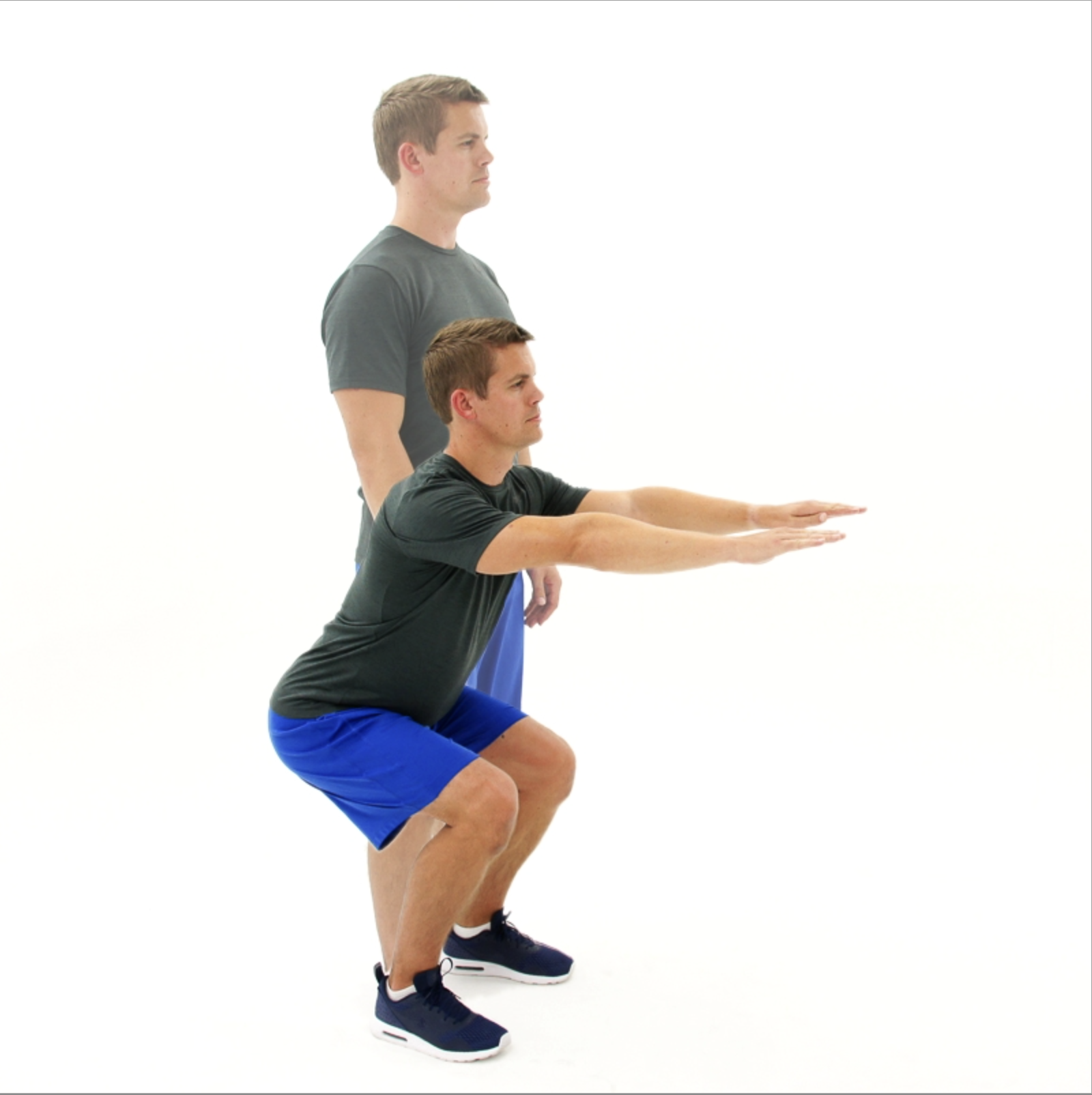
Hinging movements involve bending at the hips while keeping the knees relatively straight. Examples include deadlifts, and Romanian deadlifts. These movements primarily target the muscles of the posterior chain, including hamstrings, and glutes.
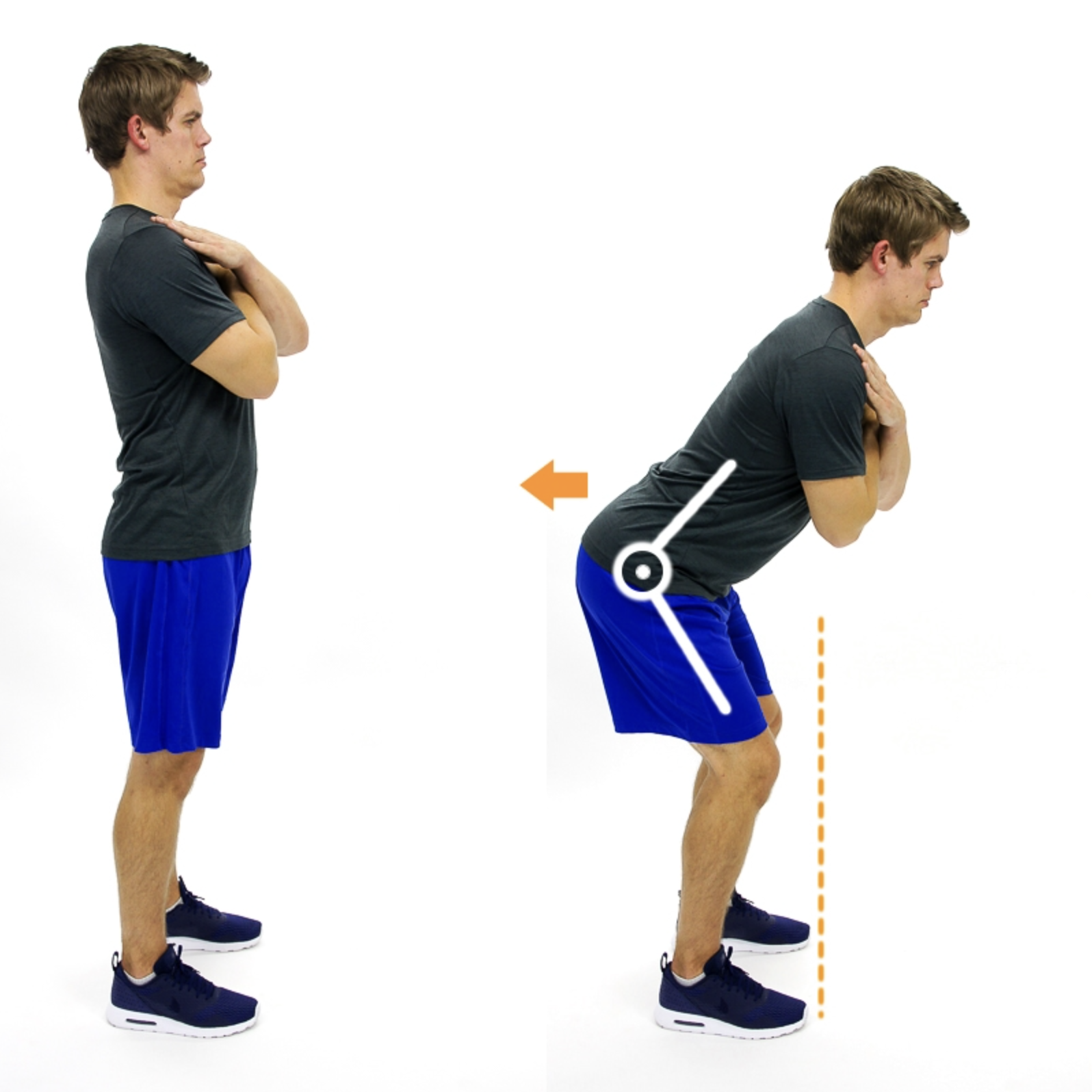
Lunging involves taking a step forward or backward and lowering the body creating a lunge position. This movement pattern works the muscles of the legs, hips, and enhances stability and balance of the core.
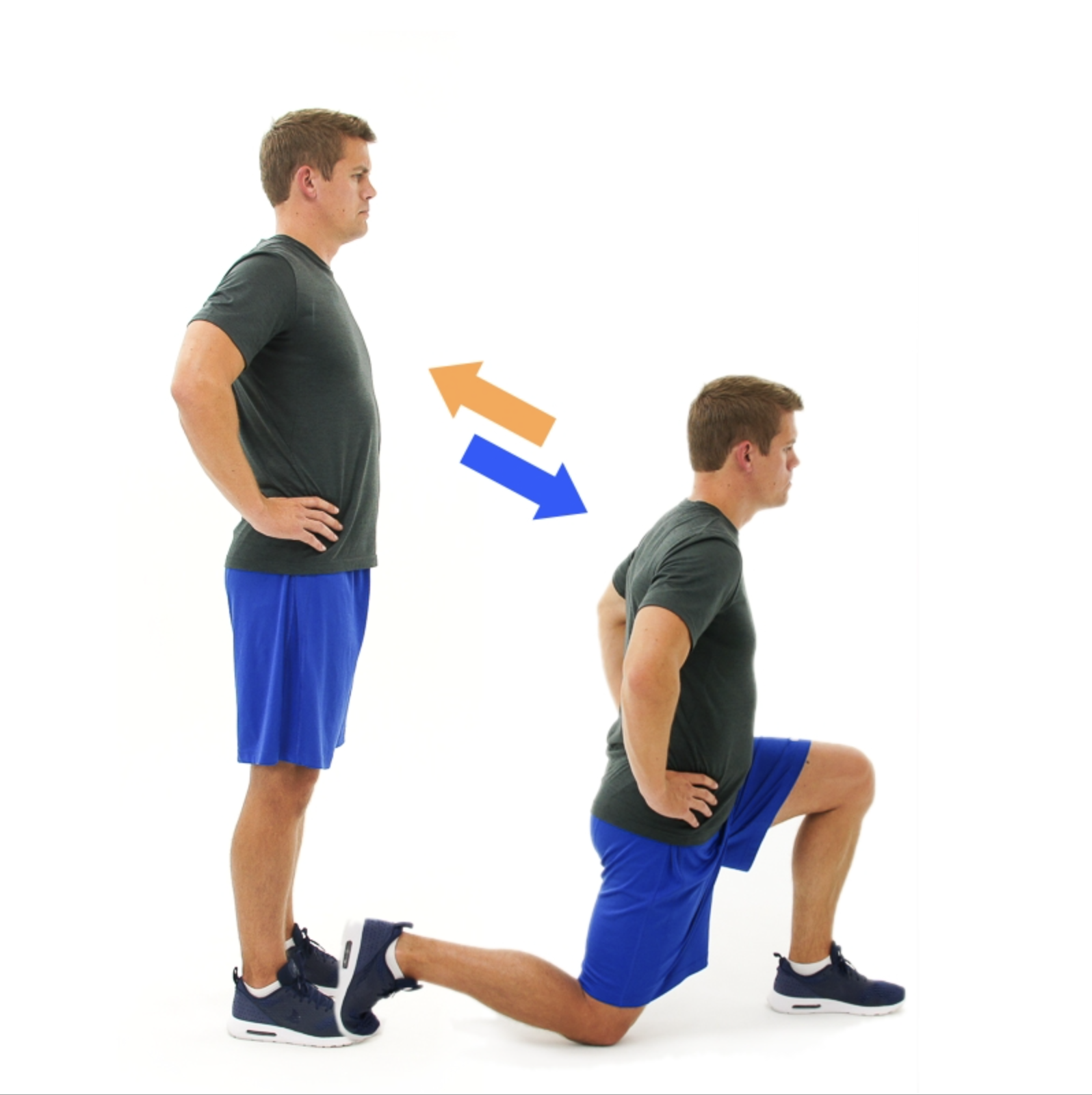
Pushing movements involve extending the arms against resistance. Examples include pushing a weight away from the body during a bench press or pushing the body upward during a push-up. This movement targets the muscles of the chest, shoulders, triceps and core muscles.
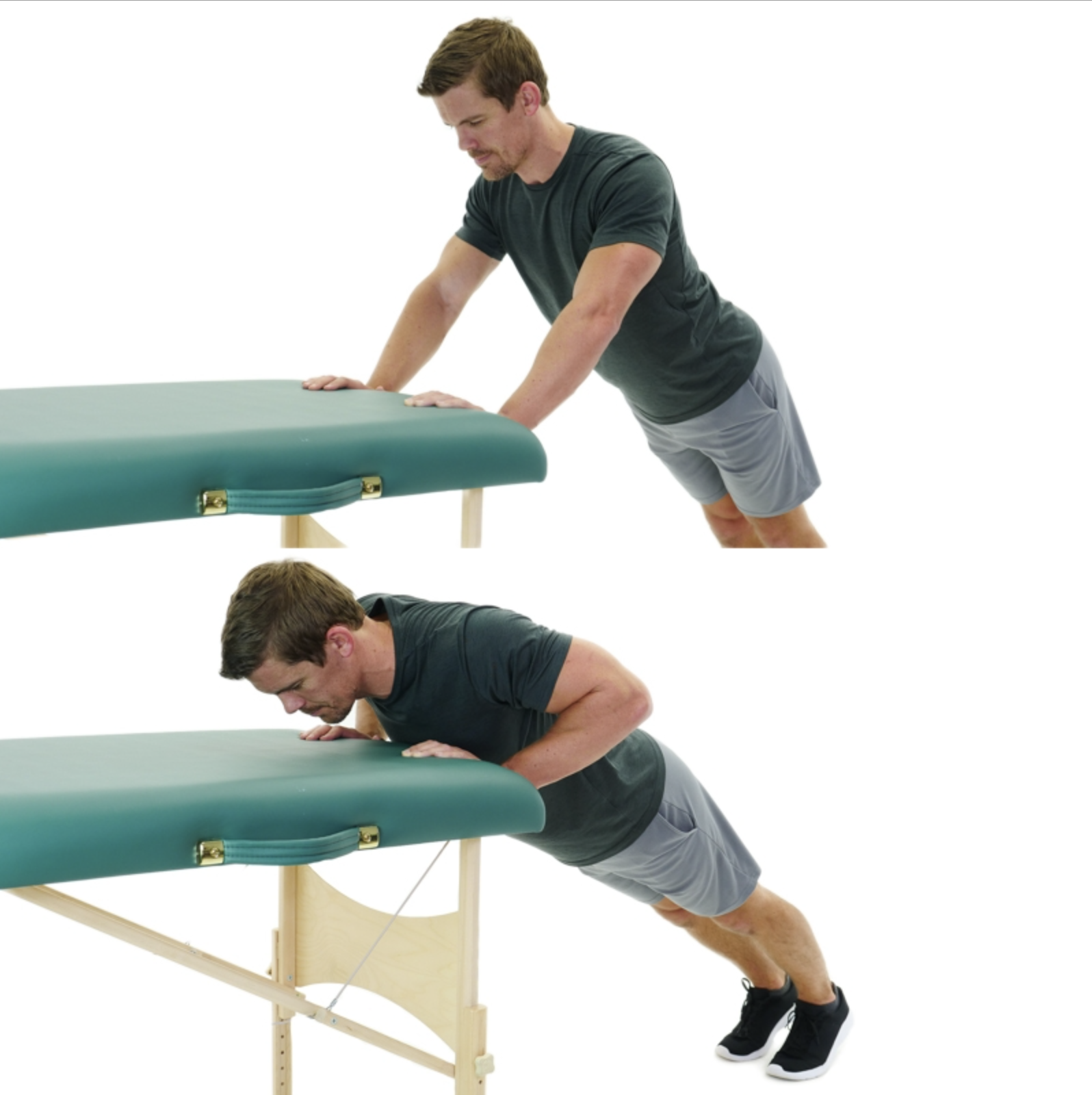
Pulling movements involve bringing a resistance toward the body. Examples include pulling weight towards the body in a rowing motion or pulling the body upward in a pull-up. This movement targets the muscles of the back, bicep, and and improves grip strength.
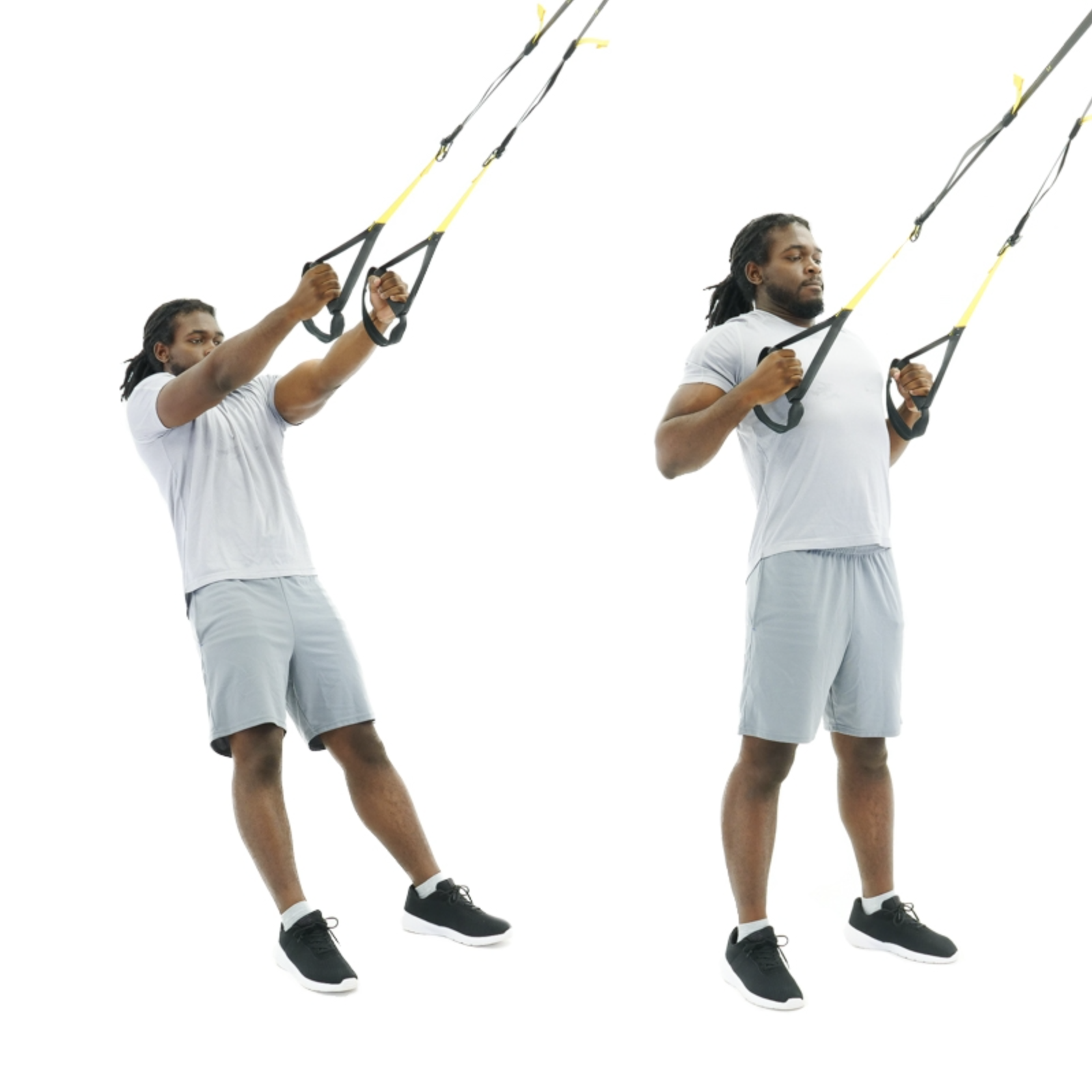
This pattern involves rotating the torso around the spine. Exercises that incorporate twisting and rotation help develop core strength, stability and improving posture. Examples include Russian twists and cable wood chops.
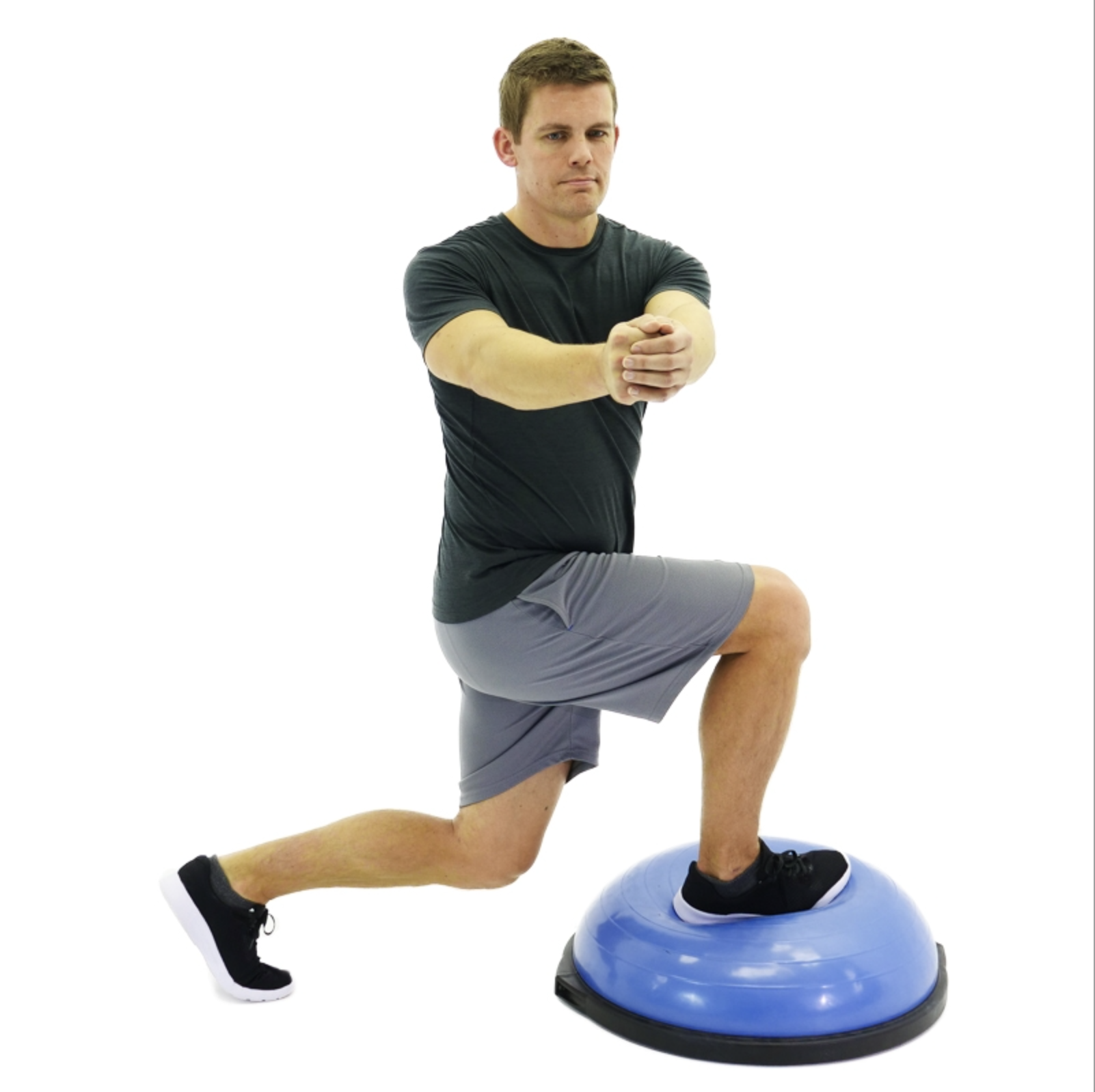
Walking or “gait” refers to the basic patterns of walking and running. These movements involve a coordinated effort of the quadriceps, hamstrings, calf muscles, and hip abductors. The gluteal and abdominal muscles also play a fundamental role in forward motion.
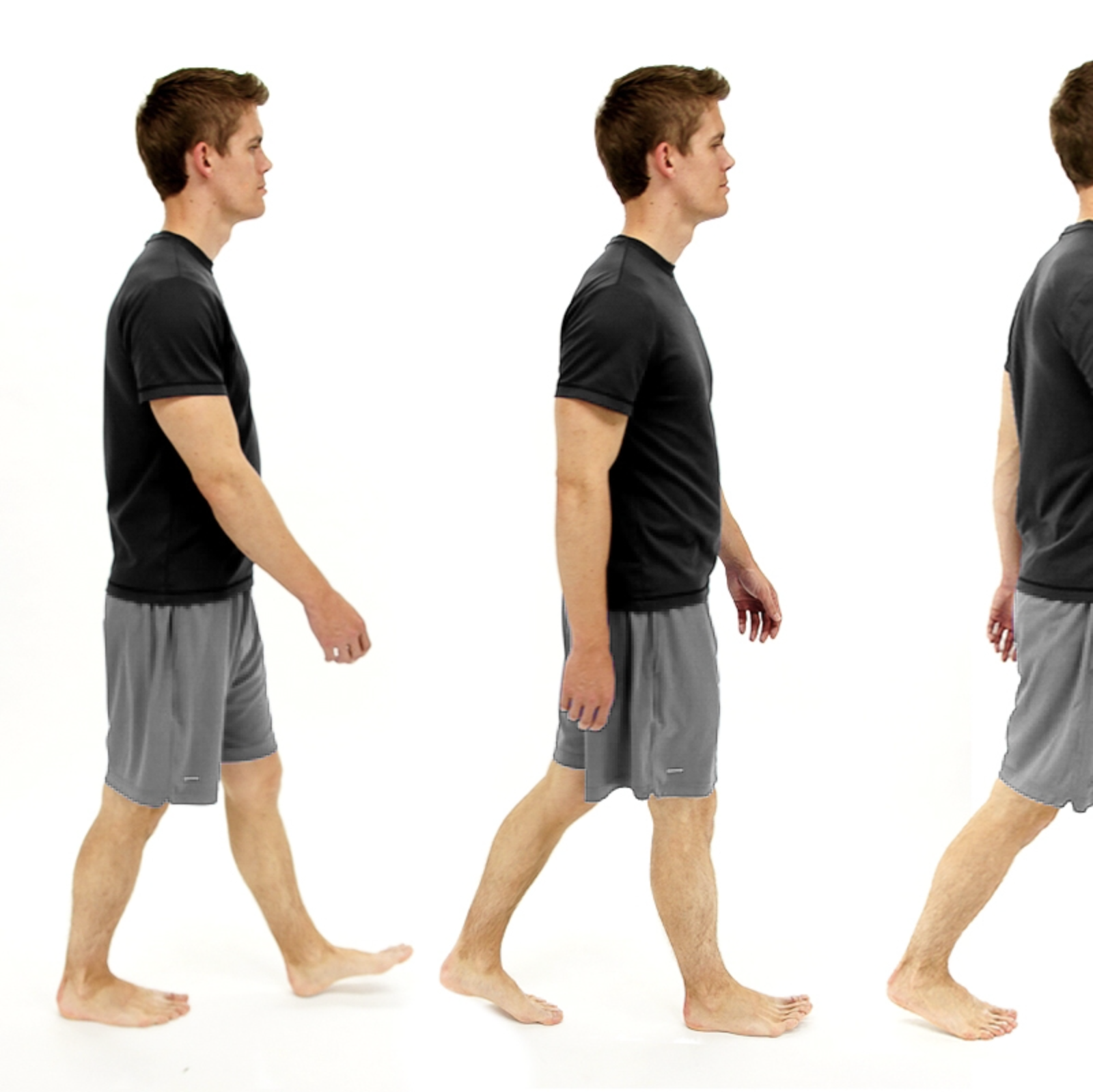
The seven primal movement patterns compose the fundamental notes that harmonize strength, agility, and overall well-being. From the grounding squats that build a robust lower body foundation to the fluid twists that engage the core, these movements mirror the essence of human functionality. By integrating the primal patterns into an exercise routine, individuals embark on a journey that trancends mere workouts.
This holistic approach not only sculpts a balanced physique but also fortifies the body against injury and cultivates a seamless coordination of muscles and joints. The beauty lies in not just the physical prowess these patterns unlock but in their ability to bring everyday movements to life. By embracing the primal symphony, one not only builds strength but dances with the rhythm of human potential.
Incorporating exercises that cover these primal movements into your fitness routine can help ensure a well-rounded and functional approach to strength and conditioning. Keep in mind that individual conditions, body types, and goals will all be unique to each person. In some cases, modifications of these movements may be required early on to avoid pain and slowly build up your capacity.
We know that starting a new exercise routine can be a mixed bag of emotions. From finding time in your busy schedule, to knowing which exercises to tackle first, our team can help you every step of the way. Our treatment methods prioritize a patient-centered approach putting you in the drivers seat of your health. Contact us to get started!
In Good Health,
– The Salinas Team
References:
[1] Dean L. Blood Groups and Red Cell Antigens [Internet]. Bethesda (MD): National Center for Biotechnology Information (US); 2005. Chapter 1, Blood and the cells it contains. Available from: https://www.ncbi.nlm.nih.gov/books/NBK2263/ [last accessed 12/27/2023]
[2] https://www.hep2go.com/ [last accessed 12/27/2023]
Disclaimer: The information provided on SalinasPT’s website is for general informational purposes only and should not be considered a substitute for professional medical advice. We strive to ensure the accuracy and timeliness of the information. By using this website, you acknowledge that you assume full responsibility for any actions taken based on the information provided, and we disclaim all liability for any damages or consequences resulting from such actions. Always consult a qualified healthcare professional for personalized medical advice and treatment.